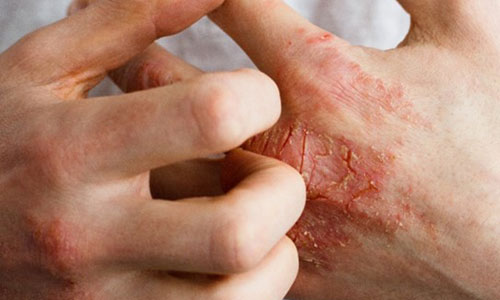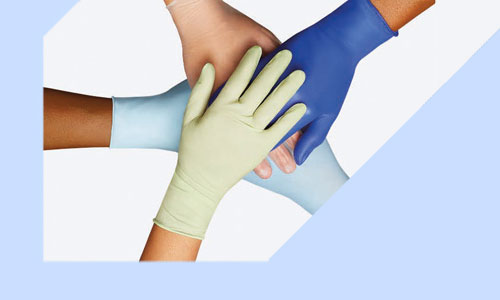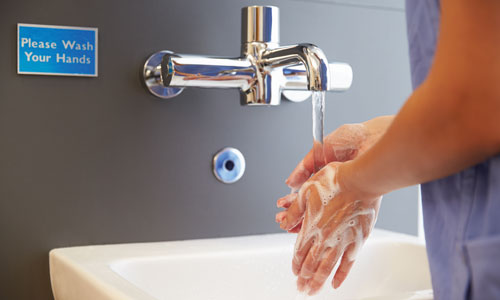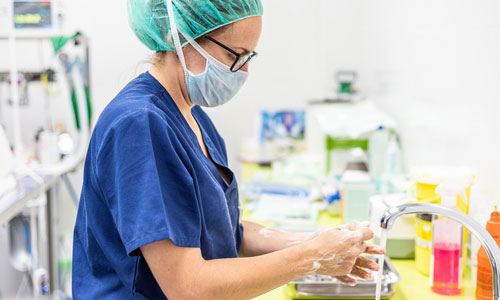Our epidermis (outer layer of skin) is our primary protective layer against microbial, viral, fungal and parasitic invasion as well as UV radiation. It is also a regulator, minimising heat, solute and water loss.
This is particularly true for healthcare professionals, who are working in an environment where they are constantly exposed to pathogens, bodily fluids and other potentially dangerous substances.
Therefore, hand hygiene is a key responsibility for healthcare professionals not only in protecting themselves, but also their patients. When caring for patients, be it directly or indirectly, it is important to prevent cross-contamination or the spread of infections.
Are you interested in getting hand health training materials?
3 AREAS OF FOCUS
HAND HEALTH
Hand health is intrinsically linked with hand hygiene due to frequent handwashing, which can sometimes lead to irritant contact dermatitis.
In more severe cases, some healthcare workers can even develop allergic contact dermatitis, including the well-known immediate hypersensitivity (type I) and delayed hyper sensitivity (type IV), which are often linked to latex gloves (type I) and chemical accelerators in latex-free gloves (type IV).
These forms of contact dermatitis can be devastating for healthcare workers, but help is available to reduce the risks.
INFECTION PREVENTION
Healthcare-associated infections (HAIs) remain one of the biggest threats to inpatients in acute and long-term care settings.
In the UK National Health Service (NHS), there are nearly 900,000 HAIs each year costing an estimated £2.7 billion. While the majority of the impact is from additional patient care, nearly 80,000 sick days per year are also attributed to HAIs amongst staff.¹
Compliance with hand hygiene protocols and appropriate glove use are two key factors to reduce the risk of developing HAIs.
GLOVE UTILISATION
Healthcare workers are often in contact with or in proximity to harmful substances or infectious pathogens. Exam gloves are used to protect healthcare workers from these contaminants.
When performing certain tasks, it is important that a healthcare worker makes a conscious decision about which glove to use. As all exam gloves have different protective properties, some are more suitable for a particular task than others.
In addition, optimising glove usage can also lead to cost savings.
KNOWLEDGE BASE ARTICLES


Contact Dermatitis in Healthcare Organisations
Contact dermatitis is a red, itchy rash caused by an allergic reaction to your skin after being exposed to a foreign substance. This is one of the most prevalent work-related illnesses for healthcare professionals.


Exam Glove Conservation during COVID-19
Did you know that vinyl exam gloves are a good alternative to nitrile for some departments in your facility? Exam glove stock (nitrile in particular) and delivery have been of concern throughout the COVID-19 pandemic, making the use of alternative options necessary.
BLOG ARTICLES
SUPPORTING DOCUMENTS
Related products
References
1. Guest, J. F., Keating, T., Gould, D., & Wigglesworth, N. (2020). Modelling the annual NHS costs and outcomes attributable to healthcare-associated infections in England. BMJ open, 10(1).










